What Is Interior Home Remodeling? A Comprehensive Guide
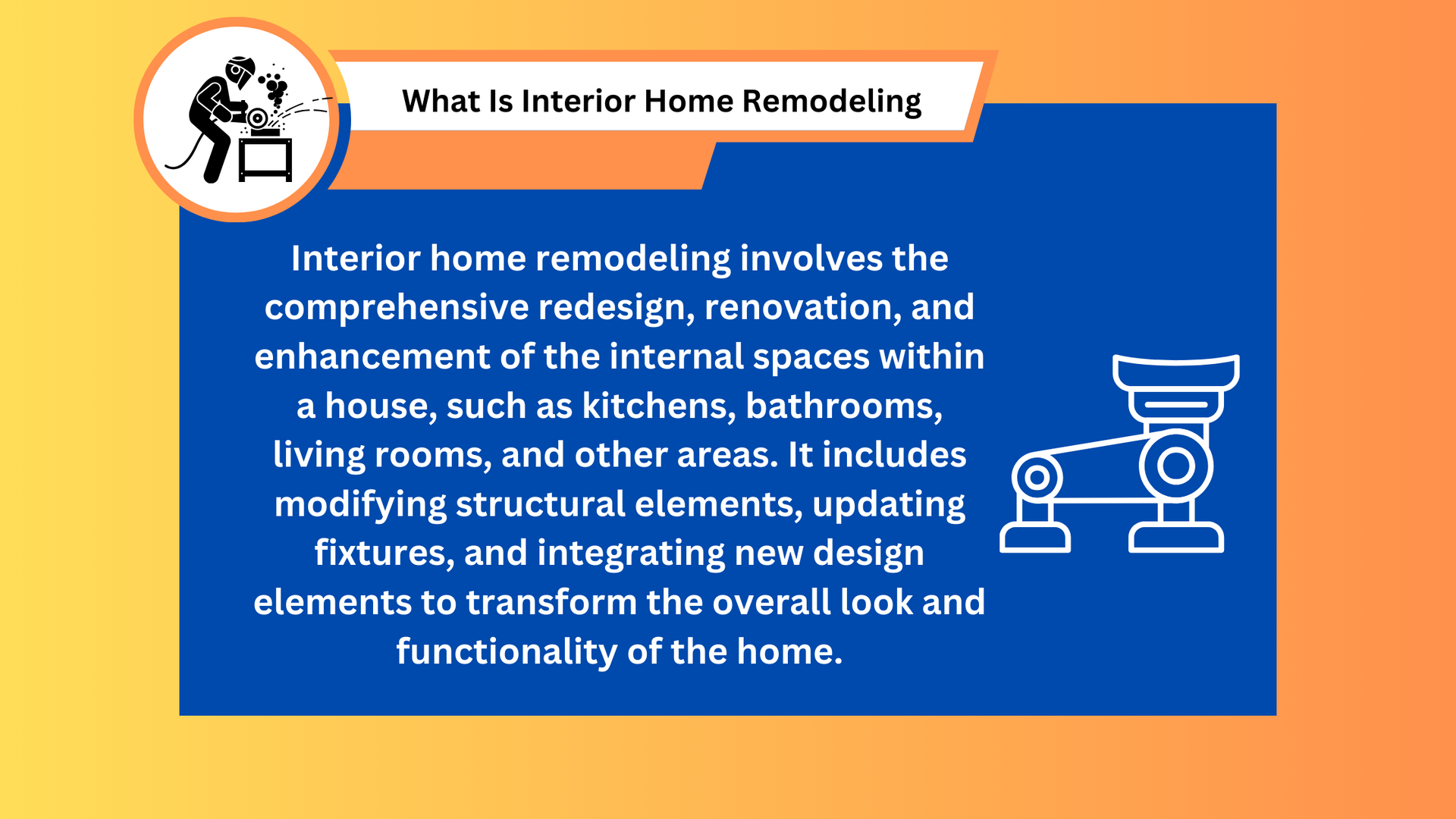
Interior home remodeling involves the comprehensive redesign, renovation, and enhancement of the internal spaces within a house, such as kitchens, bathrooms, living rooms, and other areas. It includes modifying structural elements, updating fixtures, and integrating new design elements to transform the overall look and functionality of the home.
Homeowners modernize outdated spaces, improve functionality, and adapt layouts to better suit their lifestyles. Upgrading elements such as kitchen cabinets, bathroom fixtures, and flooring not only enhances aesthetics but also increases the property's value. This process is crucial for homeowners looking to create a more comfortable, efficient, and visually appealing environment within their homes, ensuring that the space meets their current needs and preferences.
Types of Interior Home Remodeling
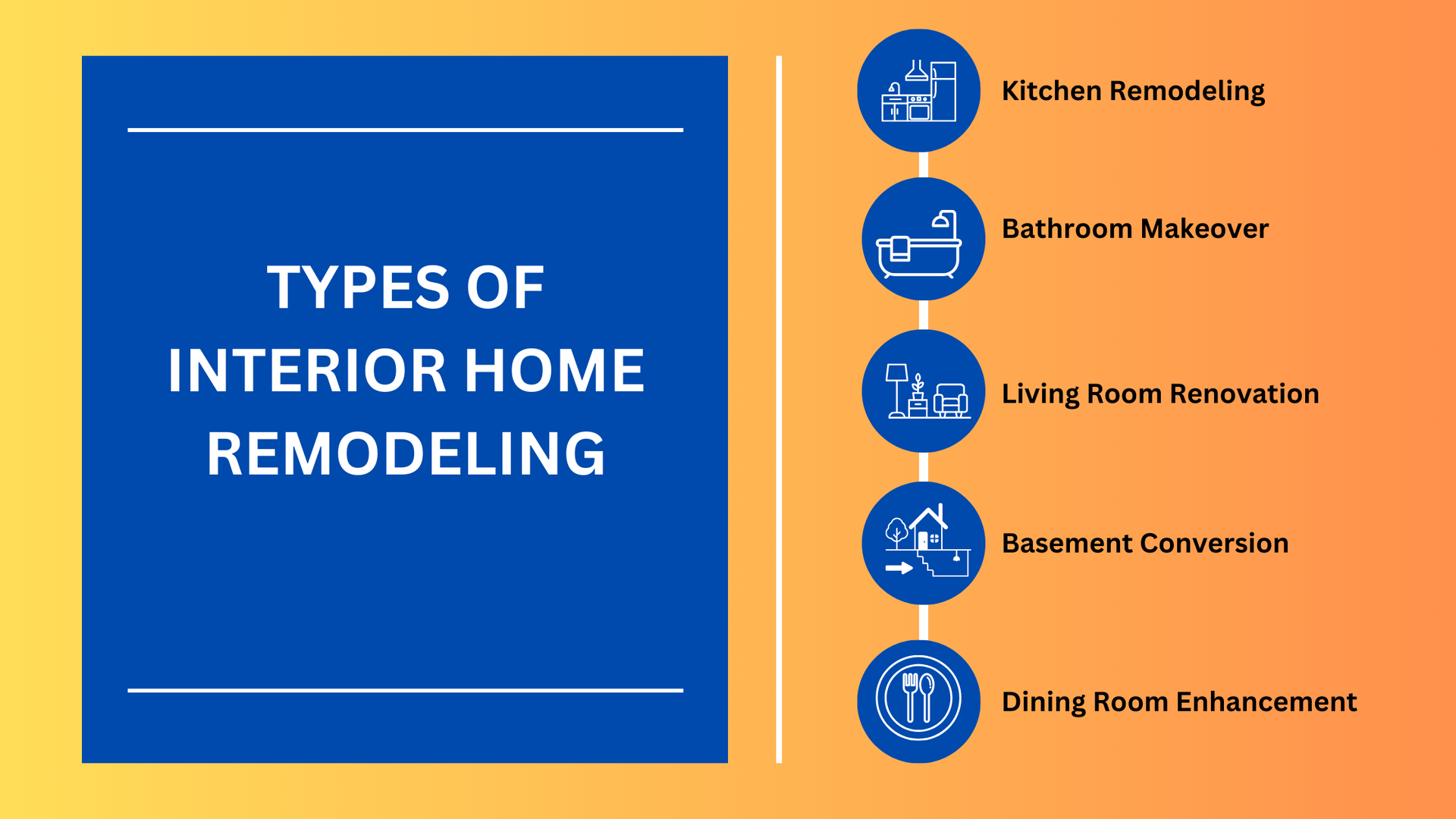
When it comes to interior remodeling, there are numerous ways to transform your living spaces to suit your needs and preferences. Whether you're looking to update a single room or give your entire home a makeover, there's a remodeling project that can breathe new life into your space. Let's explore various types of interior home remodeling projects, from the kitchen and bathroom to other areas of your home.
Kitchen Remodeling
Kitchen remodeling is one of the most popular and impactful interior home remodeling projects. It involves the renovation and transformation of the kitchen space, which often serves as the heart of a home. This project can include updating kitchen cabinets, countertops, flooring, appliances, and even the layout. The benefits of a kitchen remodel are numerous: improved functionality, increased storage space, enhanced energy efficiency, and a more modern and stylish look. It can also be an excellent investment, as it significantly raises the resale value of your home.
Bathroom Makeover
Bathroom remodeling focuses on transforming your bathroom space into a more functional and aesthetically pleasing area. This can include updating fixtures, changing the layout, replacing bathroom cabinets, and installing new countertops and flooring. A bathroom makeover not only improves your daily life by providing a more luxurious and comfortable bathing experience but can also increase the resale value of your home, making it a wise investment.
Living Room Renovation
The living room is often the primary space for family gatherings and relaxation. A living room renovation can breathe new life into this central area of your home. This type of interior home remodeling typically involves changing flooring, updating the fireplace, installing new lighting fixtures, and even reconfiguring the layout. The goal is to create a comfortable and inviting atmosphere where you can entertain guests or unwind with your family.
Basement Conversion
Many homeowners overlook the potential of their basements. A basement conversion project involves turning this underutilized space into a functional area, such as a family room, home office, or even a wine cellar. By remodeling your basement, you can add valuable square footage to your home and create additional living space that suits your needs.
Dining Room Enhancement
The dining room is where family and friends come together for meals and gatherings. An interior home remodeling project for the dining room can encompass changing the decor, installing new lighting fixtures like pendant lights, and updating the furniture. The result is a more inviting and stylish dining space that enhances the overall ambiance of your home.
Mistakes to Avoid During Home Remodeling
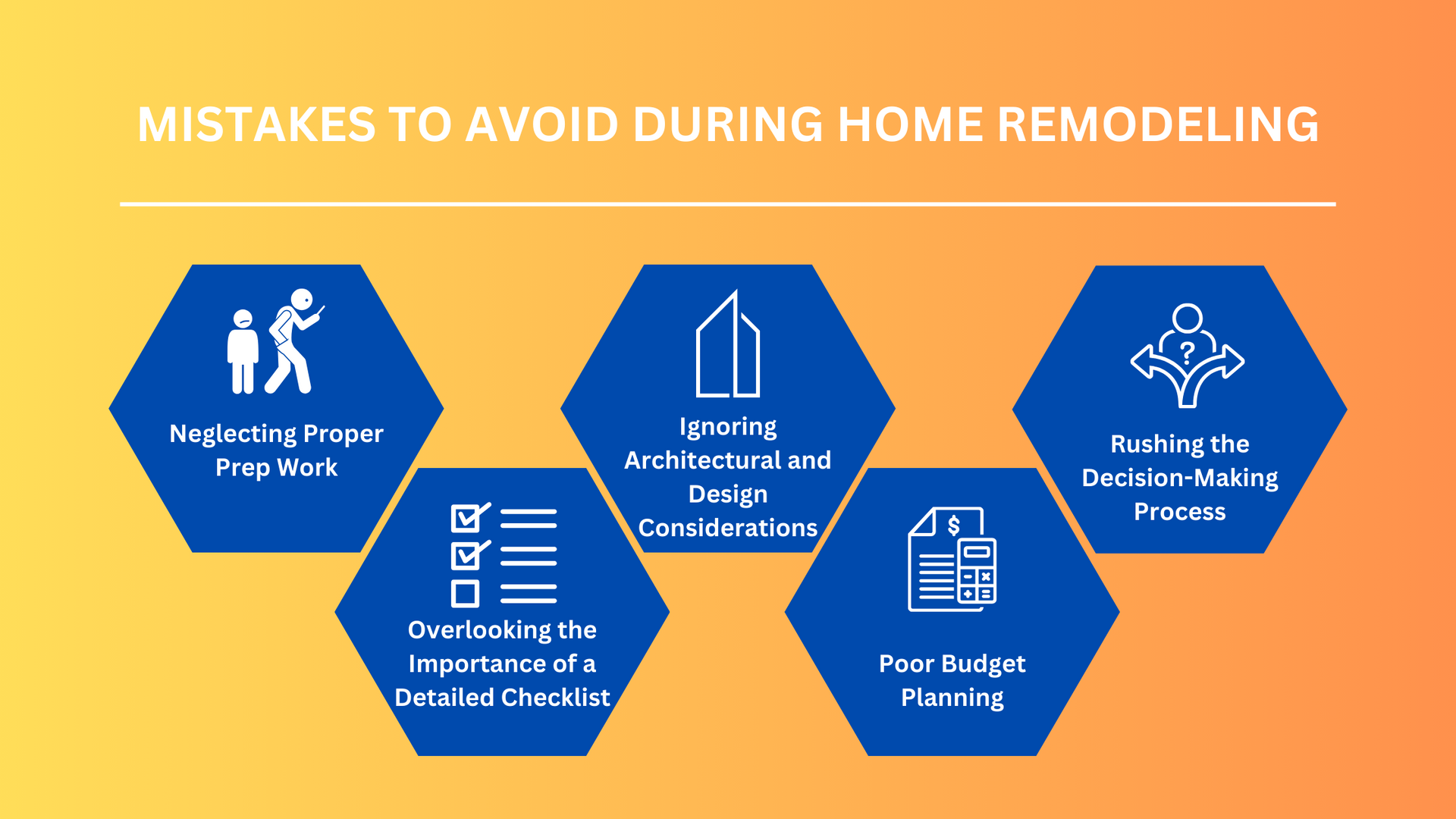
Home remodeling can be an exciting journey that transforms your living space, increases its value, and improves your quality of life. However, it's not without its challenges. To ensure your home remodeling project is a success, you must navigate various decisions and processes carefully.
Let's explore five common mistakes to avoid during your interior home remodeling project, helping you make the most of this transformative experience.
Neglecting Proper Prep Work
One of the most common mistakes in interior home remodeling is underestimating the importance of thorough preparation. Failing to prepare the space properly can lead to delays, added costs, and complications down the road. Before you start any renovation work, clear the area of furniture and belongings and consider temporary relocation options. It's also essential to assess the existing structures, utilities, and potential hazards in your space. By conducting a comprehensive analysis and addressing any issues upfront, you'll set the stage for a smoother and more efficient remodeling process.
Overlooking the Importance of a Detailed Checklist
Many homeowners dive into home remodeling without a well-defined plan or checklist, which can lead to disorganized and chaotic projects. A comprehensive checklist should outline every task, material, and timeline involved in your project. This helps you stay organized, track progress, and ensure that no essential steps are missed. From demolition to finishing touches, having a clear roadmap ensures that your project stays on schedule and within budget.
Ignoring Architectural and Design Considerations
Interior home remodeling is not just about changing the aesthetics; it also involves structural and architectural considerations. A common mistake is focusing solely on surface changes and neglecting issues related to load-bearing walls, electrical and plumbing updates, and HVAC systems. Ignoring these crucial aspects can lead to structural problems or the need for costly retrofits down the line. It's essential to collaborate with professionals, such as architects and designers, who can help you balance aesthetics and functionality while maintaining the integrity of your home's structure.
Poor Budget Planning
Budgeting is a fundamental aspect of any home remodeling project. Many homeowners make the mistake of underestimating the costs involved or failing to allocate sufficient funds for unforeseen expenses. To avoid budget overruns, it's vital to estimate costs accurately, including materials, labor, permits, and potential contingencies. Consider setting aside a contingency fund for unexpected surprises. Proper budget planning ensures that your remodeling project doesn't leave you financially strained.
Rushing the Decision-Making Process
Impatience and hasty decision-making can be detrimental to your interior home remodeling project. Rushing to make choices on design elements, materials, fixtures, and appliances can result in dissatisfaction and regret in the long run. Take the time to research and plan carefully, and consult with professionals or interior designers when necessary. Engage in thoughtful discussions, explore options, and consider the impact of your decisions on the functionality and aesthetics of your space. This deliberate approach will lead to a more satisfying and successful outcome.
Questions to Ask Yourself Before Your Interior Home Remodeling
Are you considering an interior home remodeling project? Before diving headfirst into the world of home design and renovation, there are some essential questions you should ask yourself. A well-thought-out approach can make the process smoother and more rewarding. Here are eight key questions to consider:
- What are my specific goals and needs?- Your goals and needs are the foundation of your home remodeling project. Are you looking to create more space, improve functionality, enhance aesthetics, or address specific issues like a cramped kitchen or outdated bathroom? Identify your goals clearly to ensure your project aligns with your vision.
- What is my budget?- Budgeting is a critical aspect of any interior remodeling project. Determining your budget early on helps you make informed decisions and avoid financial surprises. Consider how much you can comfortably spend and where you're willing to allocate your budget, whether it's on kitchen cabinets, bathroom upgrades, or other elements of your remodel.
- Should I hire professionals or go the DIY route?- While some homeowners might opt for a do-it-yourself approach, many interior home remodeling projects require the expertise of professionals. Consider the complexity of your project, your skills, and the time you have available. Architects, interior designers, and skilled contractors can ensure the job is done right.
- What permits and regulations apply to my project?- It's essential to research and understand the local building codes, permits, and regulations that apply to your interior remodeling project. Failing to do so can lead to costly delays and complications. Make sure your project complies with all relevant legal requirements.
- How will I define my design style?- Your design style sets the tone for your interior home remodeling project. Consider whether you prefer a modern, traditional, rustic, or eclectic design. Identifying your style will guide your choices when it comes to materials, colors, and overall aesthetics.
- What are my space planning and layout needs?- Efficient space planning and layout are crucial to the success of your project. Consider the flow of your living space, the arrangement of furniture, and the functionality of each room. Optimizing your space can make a significant difference in your daily life.
- Which materials and finishes should I choose?- The materials and finishes you select have a profound impact on the final look and durability of your interior remodeling project. Whether it's countertops, flooring, kitchen cabinets, or bathroom vanities, make informed choices that align with your design goals and lifestyle.
- How can I make my remodel sustainable and energy-efficient?- Sustainability and energy efficiency are increasingly crucial in interior home remodeling. Explore options like energy-efficient appliances, LED lighting, and eco-friendly building materials. These choices not only benefit the environment but can also save you money in the long run.
Key Takeaway
Interior home remodeling offers a plethora of benefits for homeowners. By actively engaging in the renovation of their living spaces, individuals can experience the satisfaction of a transformed living space that caters to their specific needs and style preferences. Whether it's a kitchen remodel, a bathroom makeover, or a complete overhaul of the living room, the result is a more functional, aesthetically pleasing, and comfortable environment.
One of the notable advantages of home remodeling is the significant value it adds to your home. Not only does it enhance your daily life, but it also increases the resale value of your property. A well-executed renovation can make your home more appealing to potential buyers, making it a wise investment in the long run.
If you're ready to embark on an interior home remodeling journey, consider contacting Roberts and Sons Construction LLC. Our team of skilled professionals, including interior designers and architects, is dedicated to turning your home design dreams into reality. We specialize in kitchen remodels, bathroom makeovers, and more, providing top-notch services that meet your needs and budget.
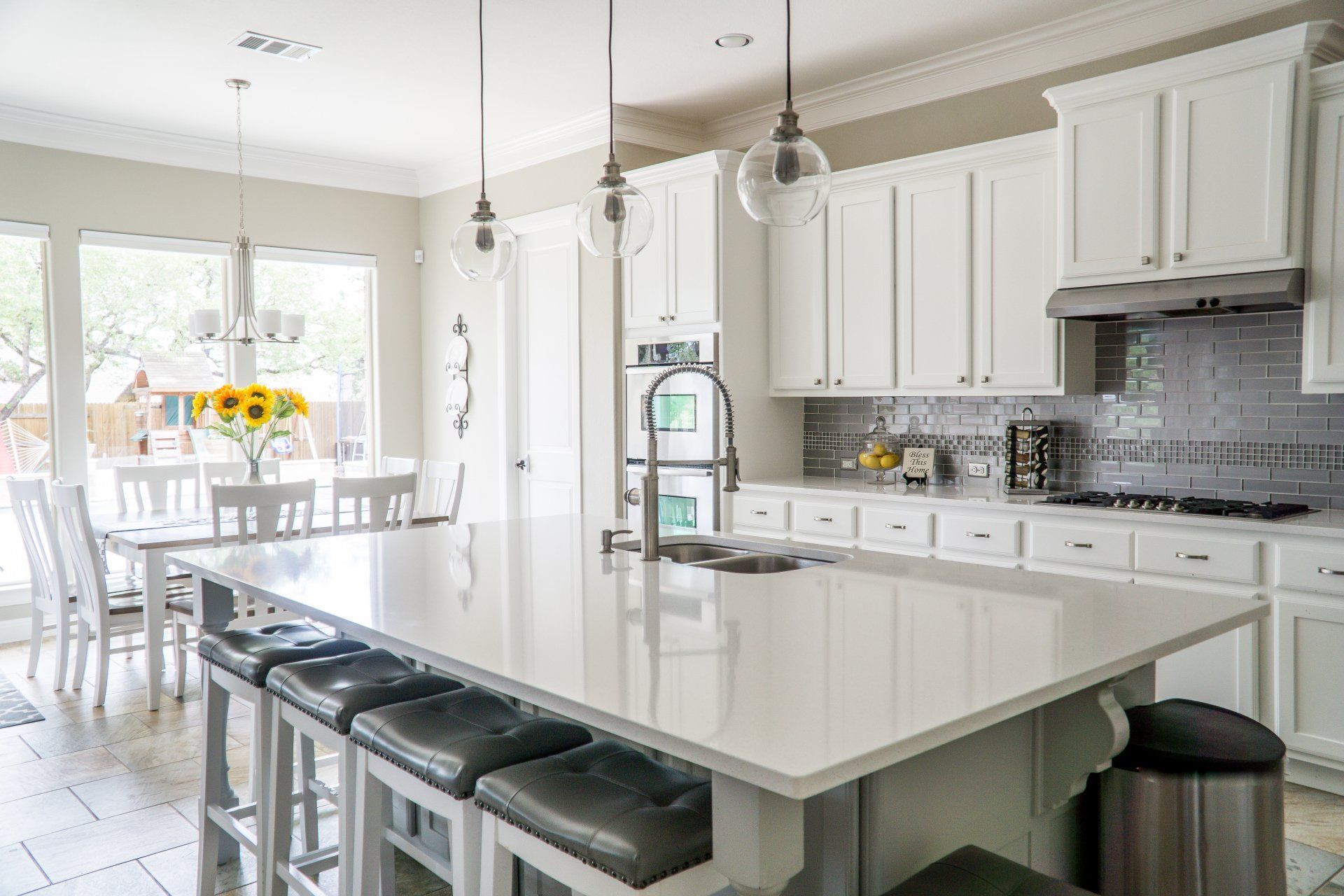


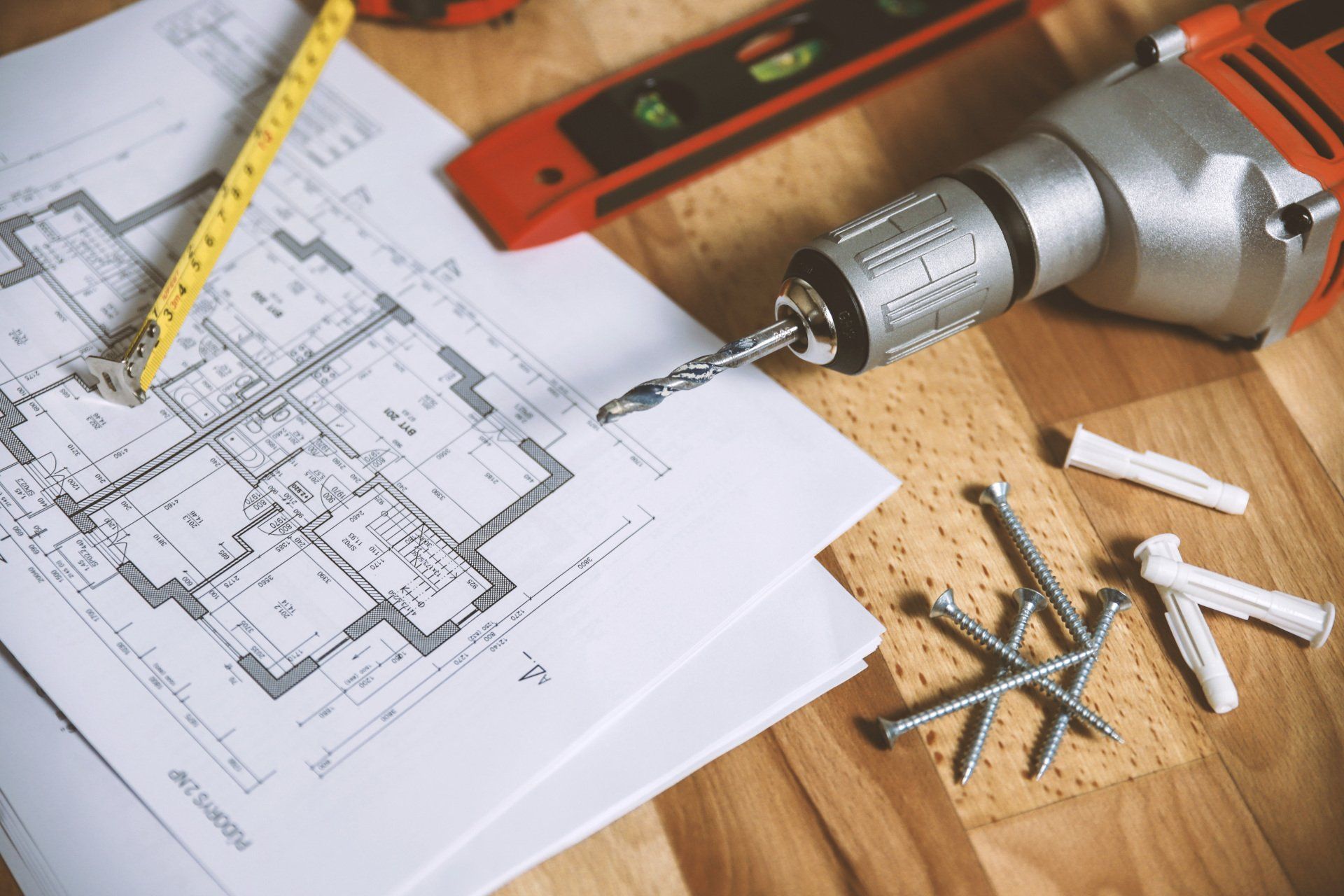
Contacts
Useful Links
© 2023 All rights reserved Roberts and Sons Construction, LLC
Made by SwiftSites
